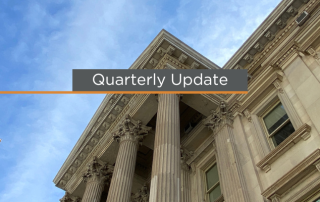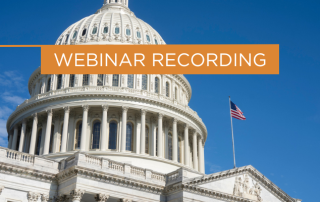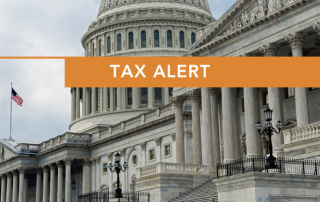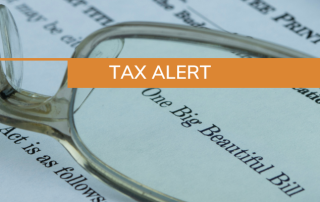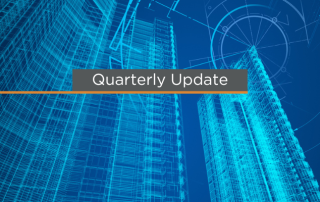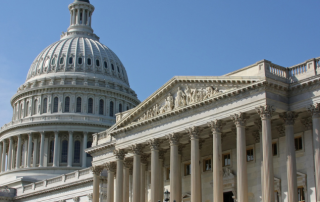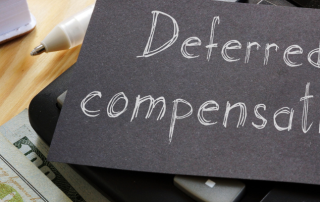Mid-Year Update for State and Local Government
Even as federal relief recedes and cyber risks evolve, governments are finding room to plan ahead. The path forward is practical: align programs with sustainable funding, modernize internal systems, and keep security and workforce capacity front and center. Learn the step that will help agencies protect core services today and set priorities with confidence for the next fiscal year.

